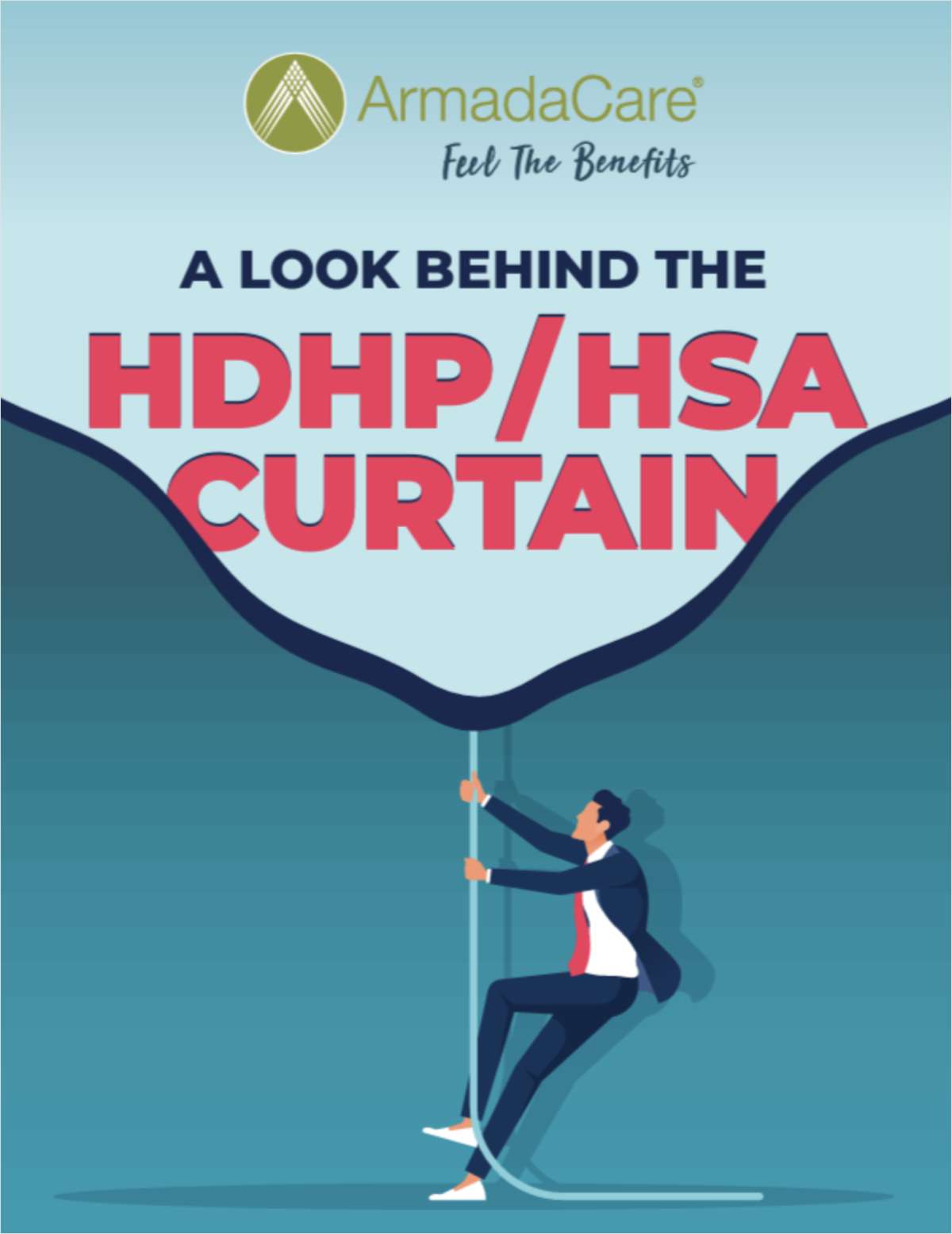More people work for small businesses than large, but small business employees have the deck stacked against them for retirement. Many small businesses don't, or can't, provide such things as 401(k) plans or even SEP-IRAs, which makes it difficult for their employees to make sure they have enough put away for their "golden" years.
Of course, many small business owners don't have a retirement plan either, but that doesn't make the situation any better. So when small business employees are looking for work, they might want to consider that some areas in the country are more nurturing to small businesses, while others can appear positively hostile.
WalletHub very kindly evaluated 100 cities and metropolitan areas around the country with an eye toward seeing which are the best and worst for the employees of small businesses, and their expert Jill Gonzalez provided some insights on each area. Head over here to see which places are the best to work for a small business, and just keep reading below to find the areas you might want to avoid if you're looking to relocate.
Continue Reading for Free
Register and gain access to:
- Breaking benefits news and analysis, on-site and via our newsletters and custom alerts
- Educational webcasts, white papers, and ebooks from industry thought leaders
- Critical converage of the property casualty insurance and financial advisory markets on our other ALM sites, PropertyCasualty360 and ThinkAdvisor
Already have an account? Sign In Now
© 2024 ALM Global, LLC, All Rights Reserved. Request academic re-use from www.copyright.com. All other uses, submit a request to [email protected]. For more information visit Asset & Logo Licensing.








